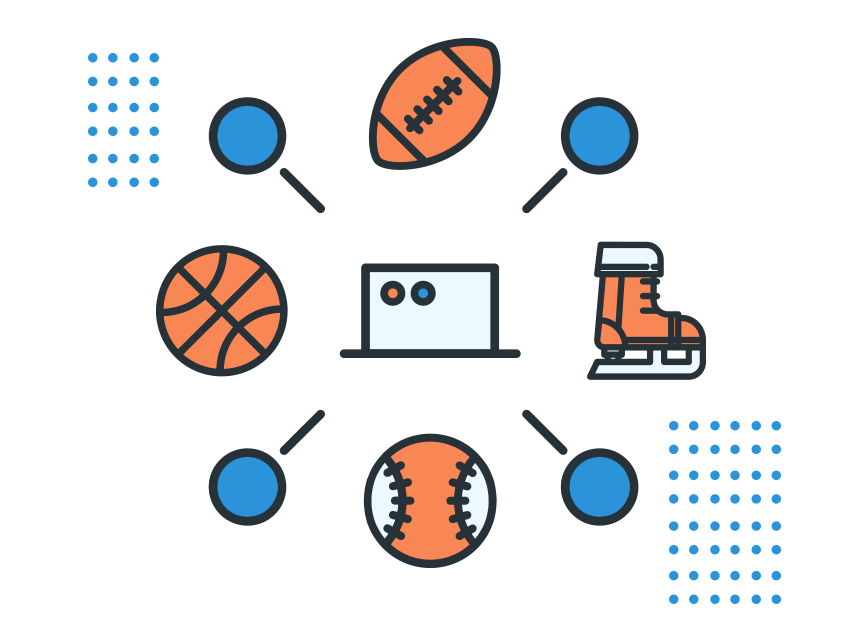Termination Agreement
By purchasing our product, you agree to adhere to the termination agreement as outlined on this page, which is that you, the buyer, are not entitled to a refund of the upfront cost.
If a PayPal subscription is created, in order to not be charged any future reoccurring cost, please give ample time to be canceled out of any reoccurring billing system before the next scheduled charge to your account. Not canceling constitutes AUTHORIZATION, by you, the buyer, for any charges (as outlined) for the associated service until your request to cancel has been received by PayPal. By not canceling before a scheduled billing cycle, you agree that any reoccurring charges billed to you will be non-refundable.
DELIVERY OF INFORMATION
Customer will receive access instantly as we have a complete member's only back-end. Customer will receive a welcome email confirming their membership, which was personally chosen when signing up. You will have access to an exclusive back-end website where you will log in with the login details you created.
Refund Policy
We do not allow refunds on products as it is digital information.
Privacy Policy
All website, products and services are provided as is, without warranty of any kind, either express or implied, including, but not limited to, the implied warranties of merchantability and fitness for a particular purpose. Our site does not warrant, guarantee, or make any representations regarding the use, or the results of the use, of the website, products, services or written materials in the terms of correctness, accuracy, reliability, correctness or otherwise. The entire risk as to the results and performance of the web sites, products and services are assumed by you. If the web sites, products, services or written materials have caused damage or harm in any way, you, and not our company, assume the entire cost of all necessary servicing, repair or correction.
This is the only warrant of any kind, either express or implied, that is made by our company. No oral or written information or advice given by our company shall create a warranty or in any way increase the scope of this warranty and you may not rely on such information or advice to do so unless expressly stated herein.
Background Information
In order to use the Services, you may be required to register with our site by providing certain information about yourself, including an e-mail address. In consideration of your use of the Services, you agree to provide true, accurate, current and complete information about yourself as requested in connection with the provision of and/or registration for any of the Services, subject, of course, to all applicable laws. If you provide any information that is untrue, inaccurate, not current, or incomplete, SMA has reasonable grounds to suspect that such information is untrue, inaccurate, not current, or incomplete. SMA has the right to suspend or terminate your password and/or refuse any and all current or future use of the Services.
Limitation & Exclusion of Liability
You expressly understand and agree that Sports Model Analytics shall not be liable for any direct, indirect, incidental, special, consequential or exemplary damages, including but not limited to damages for lost profits, goodwill, use, data or other intangible losses (even if Sports Model Analytics has been advised of the possibility of such damages), resulting from: (i) the use or the inability to use the website, the services, or the content; (ii) the cost of procurement of substitute goods and services resulting from any goods, data, information or services purchased or obtained or messages received or transactions entered into through or from the website, the services, or the content; (iii) unauthorized access to or alteration of your transmission or date; (iv) statements or conduct of any third party on the website, the services, or the content.
These warranties exclude all incidental or consequential damages. Our website and its suppliers will not be liable for any damages whatsoever, including without limitation, damages for loss of business profits, business interruption, loss of business information, or other pecuniary loss. Some states do not allow the exclusion or limitation of liability, so the above limitations may not apply to you.
Legal Forum, Choice of Laws & Official Language
The terms constituting this offering are set forth in writing on this website. You hereby agree to submit to the jurisdiction located in the United States to resolve any disputes or litigation here under. Whether or not you choose to print this offering, containing the terms and conditions as described herein, you agree that this contract constitutes a writing agreement. This agreement is being written in English, which is to be the official language of the contract's text and interpretation. If you do not agree with the above terms and conditions, you have the option to not participate in this offer.
Copyrights
We hold the rights to this Web site and all products, materials and/or services related thereto, and all other information, such as copyrighted material, trademarks, intellectual property, work product and other proprietary information. You may not modify, publish, transmit, participate in the transfer or sale of, create derivative works of, and on in any way exploit, in whole or in part, any Proprietary or other Material.
License
All images, text, contents, products and scripts are licensed and never sold, unless otherwise stated. Reproduction is prohibited. You may not use, copy, emulate, clone, rent, lease, sell, modify, recompile, disassemble, otherwise reverse engineer, or transfer the licensed program, or product, or service, or any subset of the licensed program, product or service, without express written consent from SportsModel Analytics.com. Any such unauthorized use shall result in immediate and automatic termination of your account. SMA reserves all rights not expressly granted here.











